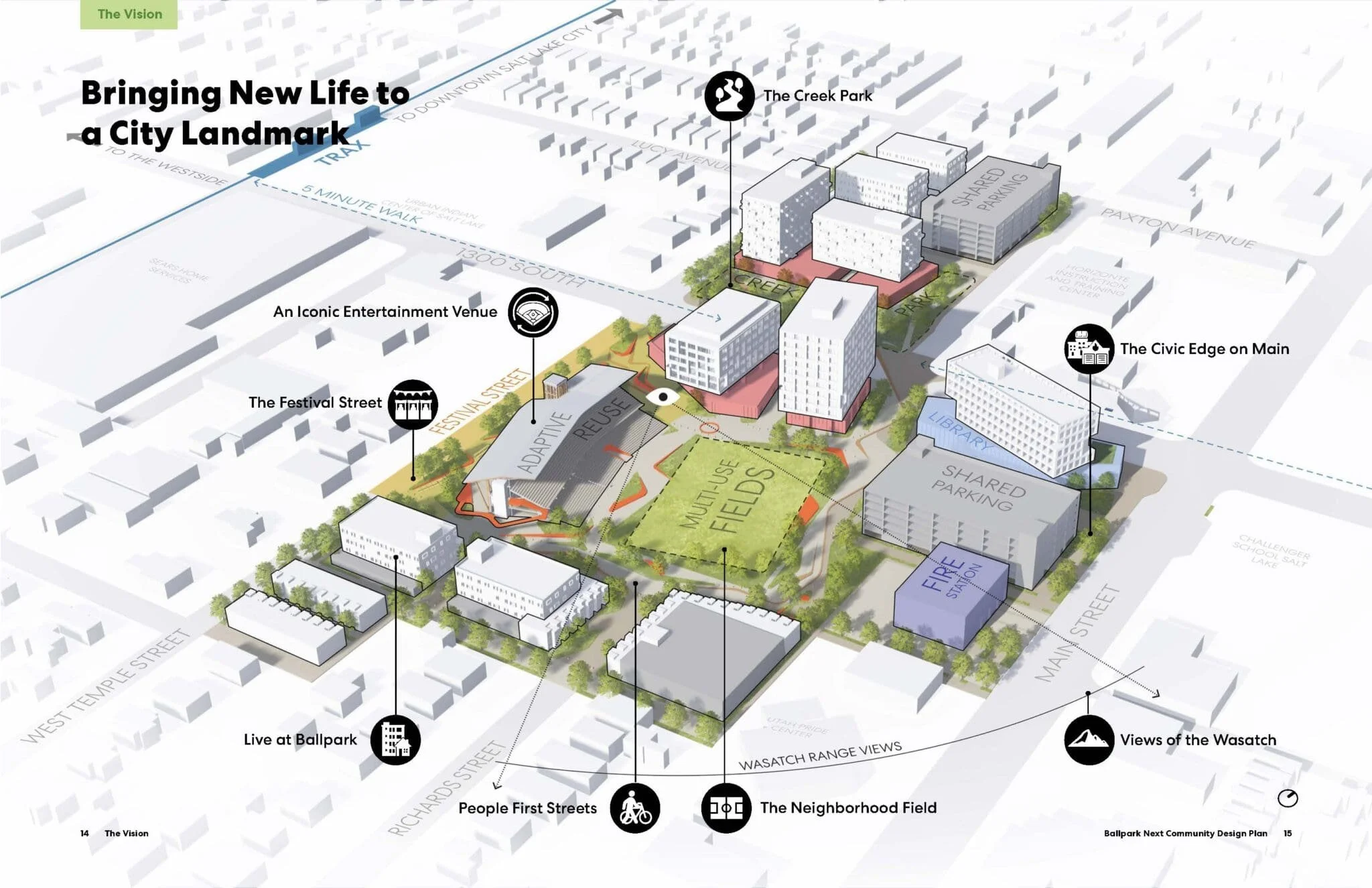Making the Invisible Visible
Authored by Brian Tonetti
Source: Utah Planner
An article explaining the ins and outs of stream daylighting. It highlights the Three Creeks Confluence as the first milestone to uncover 21 miles of buried creek in the Salt Lake Valley.
As urbanization gripped the Salt Lake Valley in the mid to late-20th century, portions of the seven main tributaries of the Jordan River were buried under the city. Replacing green with grey, the creeks were traded for bricks and mortar. Gone were the natural, open space veins transporting clean drinking water, as well as, fish, mammals, and birds from the Wasatch Mountains to the Jordan River. Gone were the ecosystem services, nutrient retention, flood mitigation, and erosion control to name a few, that these creeks provided.
Daylighting, planning jargon for bringing back to the surface an underground creek in a culvert, is being utilized across the country to reverse this burial. Like zombies in an apocalypse, creeks are coming back from the dead. Instead of eating brains, these daylighted creeks are bringing restored water quality to downstream waters, critical Vitamin N for nature-starved, urban residents, and revitalization and economic investment in neglected areas.
The Seven Canyons Trust is a new nonprofit in Utah. Its mission? To daylight and rehabilitate the seven canyons creeks, restoring heath and beauty to the hydrology of the Salt Lake Valley. These seven canyon creeks include, City, Red Butte, Emigration, Parley’s, Mill, Big Cottonwood and Little Cottonwood. Started in a University of Utah Urban Planning capstone course, the Seven Canyons Trust has moved out of the classroom, along with its vision and ideas for daylighting the 21 miles of creek that lay buried throughout the Salt Lake Valley. Its visioning document, 100 Years of Daylighting, chronicles daylighting strategies over a time period of 100 years, the amount of time expected to complete its mission.
Three Creeks Confluence is the site of the convergence of three creeks, Red Butte, Emigration, and Parley’s, and the Jordan River. What sits on the current site? A dead-end segment of the 1300 South right-of-way, impervious concrete all the way to the Jordan, and encroachment from adjacent private property. From Liberty Park pond, the last time you can see the waters of Red Butte and Emigration Creeks, these creeks run underneath 1300 South, meeting an underground Parley’s Creek at State Street. At 1300 South and west of 900 West, these three creeks deposit sediment, urban water run-off, and various other pollutants directly into the Jordan River.
From a pilot project in its vision document, the Seven Canyons Trust has pushed the Three Creeks Confluence project from the classroom onto the radar of many stakeholders. With the acquisition of $70,000 of Community Development Block Grant funds, Salt Lake City’s Parks & Public Lands will begin the design and planning of Three Creeks Confluence. Another $24,000 from the Jordan River Commission’s Jordan River Assistance Fund has sparked additional movement. The nearby Sorenson Unity Center has dubbed Three Creeks Confluence its “gateway to the Jordan River,” with a mission of getting children and their families immersed in nature. With the acquisition of $5,000 from the National Endowment for the Arts, the Sorenson Unity Center plans to do art pieces signifying the importance of this confluence. The Seven Canyons Trust has worked to engage the community in the project, creating an urban intervention and Jane Jacobs Walk to facilitate exploration of the property, using chalk to make the invisible visible and draw needed attention to this potential amenity.




